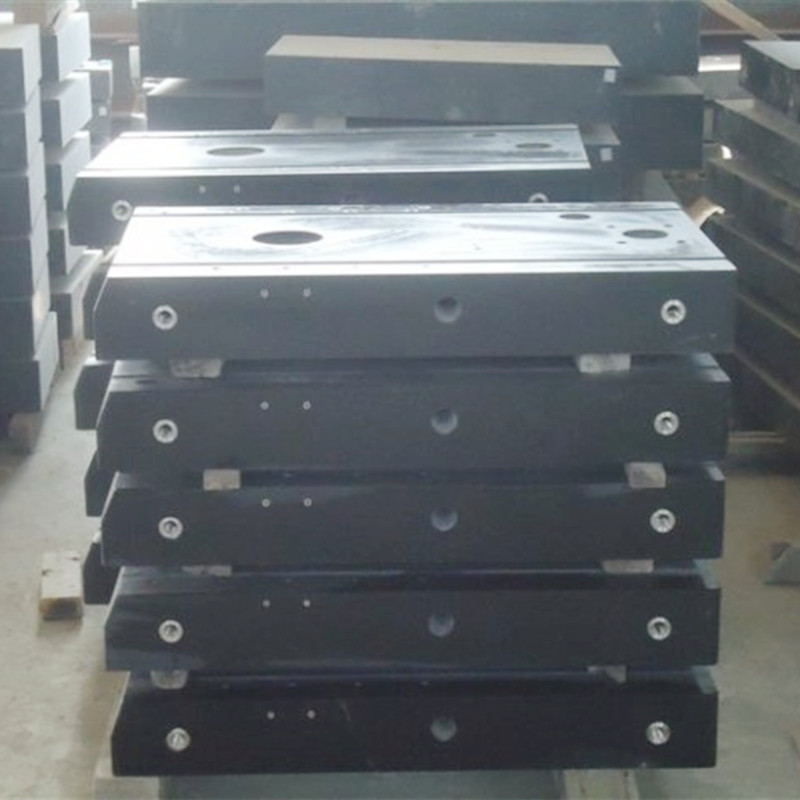Nov . 08, 2024 13:04 Back to list
Comparison of Gate Valves and Globe Valves in Piping Systems
Gate Valve and Globe Valve A Comparative Overview
In the realm of fluid control systems, valves play a pivotal role in managing the flow and pressure of liquids and gases. Among the many types of valves available, gate valves and globe valves are two of the most common. Each serves a unique purpose and possesses distinct characteristics that make them suitable for specific applications. This article aims to elaborate on the key features, applications, advantages, and disadvantages of gate valves and globe valves.
Gate Valve
A gate valve is designed primarily to be used as a on/off mechanism, allowing or preventing the flow of fluid through a pipeline. The construction of a gate valve features a wedge-shaped gate (or disc) that is lifted or lowered into the valve body. When the valve is fully opened, the gate is entirely out of the flow path, minimizing pressure drop and allowing for unobstructed fluid flow. Gate valves are generally used in applications where a straight-line flow of liquid and minimum restriction is desired.
Applications
Gate valves are widely utilized in various industries, including water supply, oil and gas, and power generation. They are particularly suited for applications that require infrequent operation, as their design allows for minimal flow resistance when fully open. Consequently, they are commonly found in large pipelines and systems where tight sealing is essential.
Advantages
1. Low Pressure Drop Due to their design, gate valves allow fluid to flow smoothly when opened, causing minimal disruption to system pressure. 2. Full Flow Area The gate valve offers a full flow cross-section, meaning it does not constrict the flow path, making it ideal for large volume applications. 3. Durability Made from various materials, gate valves can withstand harsh conditions, including high temperatures and corrosive environments.
Disadvantages
1. Slow Operation The opening and closing process of a gate valve can be slower compared to other valve types, making them less suitable for quick throttling. 2. Not Suitable for Throttling Gate valves are not designed for flow regulation and can suffer damage if used in throttling applications.
gate valve and globe valve

Globe Valve
In contrast to the gate valve, the globe valve is designed to regulate flow. The internal design features a movable disc (or plug) that can be adjusted to control the flow rate. This configuration allows the globe valve to provide precise control over the fluid passing through it, making it particularly effective for throttling services.
Applications
Globe valves find frequent applications in systems requiring flow regulation, such as irrigation, fuel oil, and water treatment plants. Their ability to control flow makes them suitable for applications where maintaining specific pressure and flow rates is crucial.
Advantages
1. Flow Regulation The key benefit of a globe valve is its ability to control and adjust flow effectively. 2. Tight Sealing Globe valves offer excellent sealing capabilities, making them ideal for preventing leaks in various applications. 3. Space Optimization The compact design of globe valves can be advantageous in systems where space is limited.
Disadvantages
1. Higher Pressure Drop Globe valves can create a significant pressure drop and may restrict flow even when fully open due to their internal design. 2. Wear and Tear Continuous adjustment and throttling can lead to wear more quickly than gate valves, requiring more frequent maintenance or replacement.
Conclusion
In summary, both gate valves and globe valves play important roles in fluid control systems. The choice between the two ultimately depends on the specific requirements of the application at hand. Gate valves excel in on/off applications with low pressure drop, while globe valves are preferred for their flow regulation capabilities. Understanding the key characteristics and functional distinctions of these valves is essential for engineers and technicians when designing and maintaining fluid systems. Whether you require efficient fluid flow or precise control, the right valve can significantly enhance operational efficiency.
-
Right Angle Ruler Innovations in Measuring ToolsNewsJul.18,2025
-
Parallel Ruler Maintenance for Long-Term AccuracyNewsJul.18,2025
-
Magnetic V Block 4 Inch Cost Effectiveness AnalysisNewsJul.18,2025
-
Internal Thread Gauge Innovations for Faster InspectionNewsJul.18,2025
-
Ground Anchor Applications in Construction and LandscapingNewsJul.18,2025
-
Butterfly Valve Types StandardsNewsJul.18,2025
Related PRODUCTS









